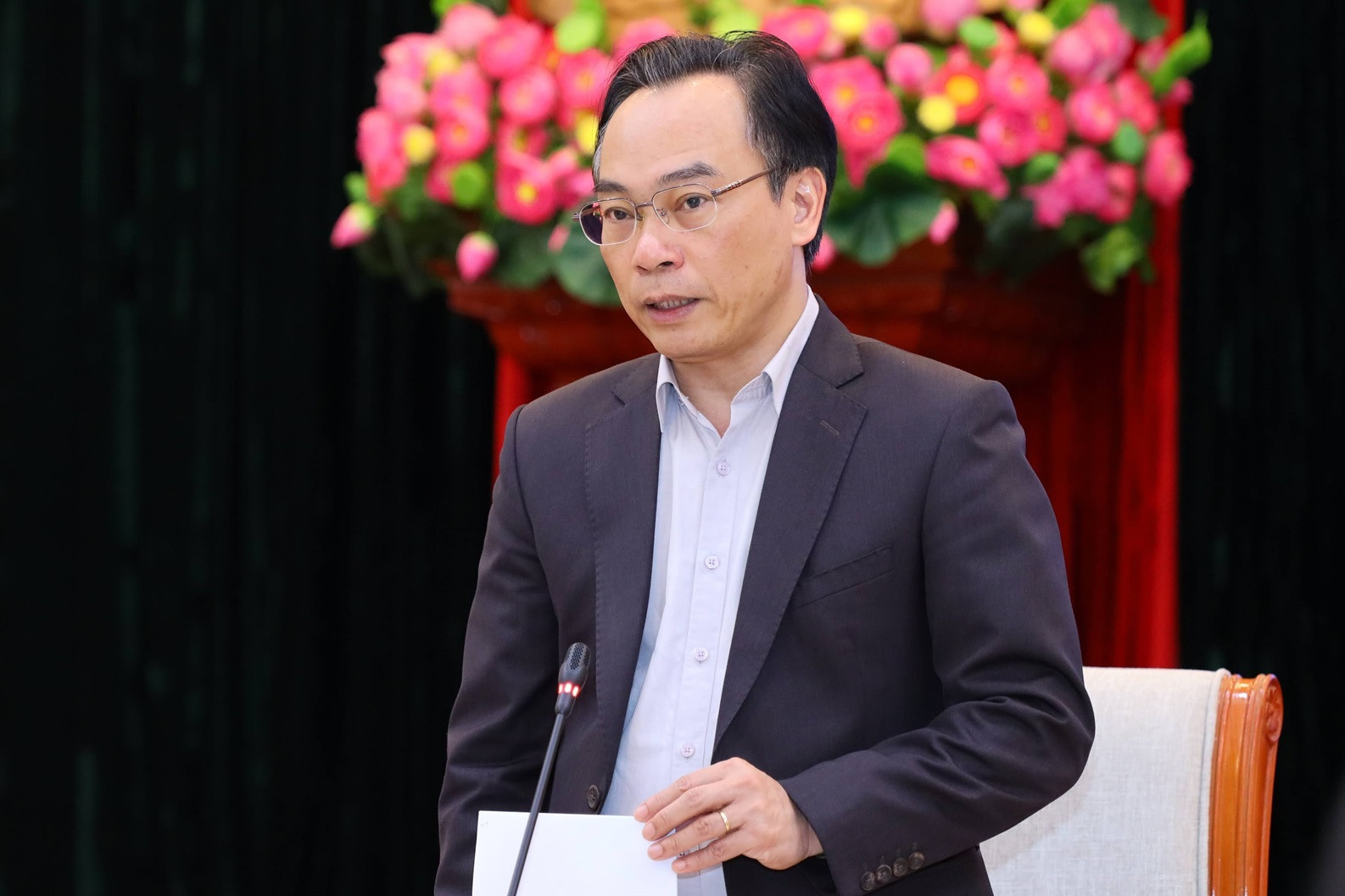
MOET held a press conference on March 7 to announce the planning of the network of higher education establishments and teacher training institutions in the 2021-2030 period, with a vision toward 2050.
One of the goals by 2030 is to have 3 million people following higher education, which means 260 university students and 23 postgraduates per 10,000 people. The number of university students is expected to account for 33 percent of people aged 18-22, with no province falling below 15 percent.
The figures show that Vietnam aims for a larger higher education scale amid the concern that many university graduates cannot find jobs. A question was posed about how MOET assesses the economy and society’s capacity to absorb university graduates.
According to MOET Deputy Minister Hoang Minh Son, it is evident that as the economy grows, the proportion of people pursuing higher education must rise.
"The ratio of 260 university students and 23 postgraduate learners per 10,000 people is reasonable and feasible. Currently, approximately 27 percent of the working-age population holds qualifications, which is still very low,” Son said.
“We need to enhance the qualifications of our workforce, including intermediate, college, and university levels. Therefore, planning to develop and train individuals to improve their qualifications and skills will not only provide more job opportunities to workers but also boost the economy’s labor productivity. Given the economic development demands in the coming period, we are even afraid that the target of 260 students may not be sufficient," he explained.
Son said that this network plan does not specify the structure of human resources in detail, as the demand for personnel across various levels and fields is certain to fluctuate significantly.
The planning prioritizes key industries and fields such as STEM (Science, Technology, Engineering, and Mathematics), alongside teacher training and healthcare sectors.
In addition to these priority fields, the planning also identifies key higher education institutions.
"Planning key institutions means planning for investment. Initially, many opinions suggested that the plan should establish criteria, and institutions meeting those criteria would be designated as key institutions. However, if we followed that approach, it would be unclear when we can select institutions,” he explained.
“To meet the 2030 timeline, the planning has identified priority industries, fields, and key universities within those sectors. Investment must be based on effectiveness, meaning we must select institutions with the highest quality and reputation in those priority fields," Son said.
Thanh Hung